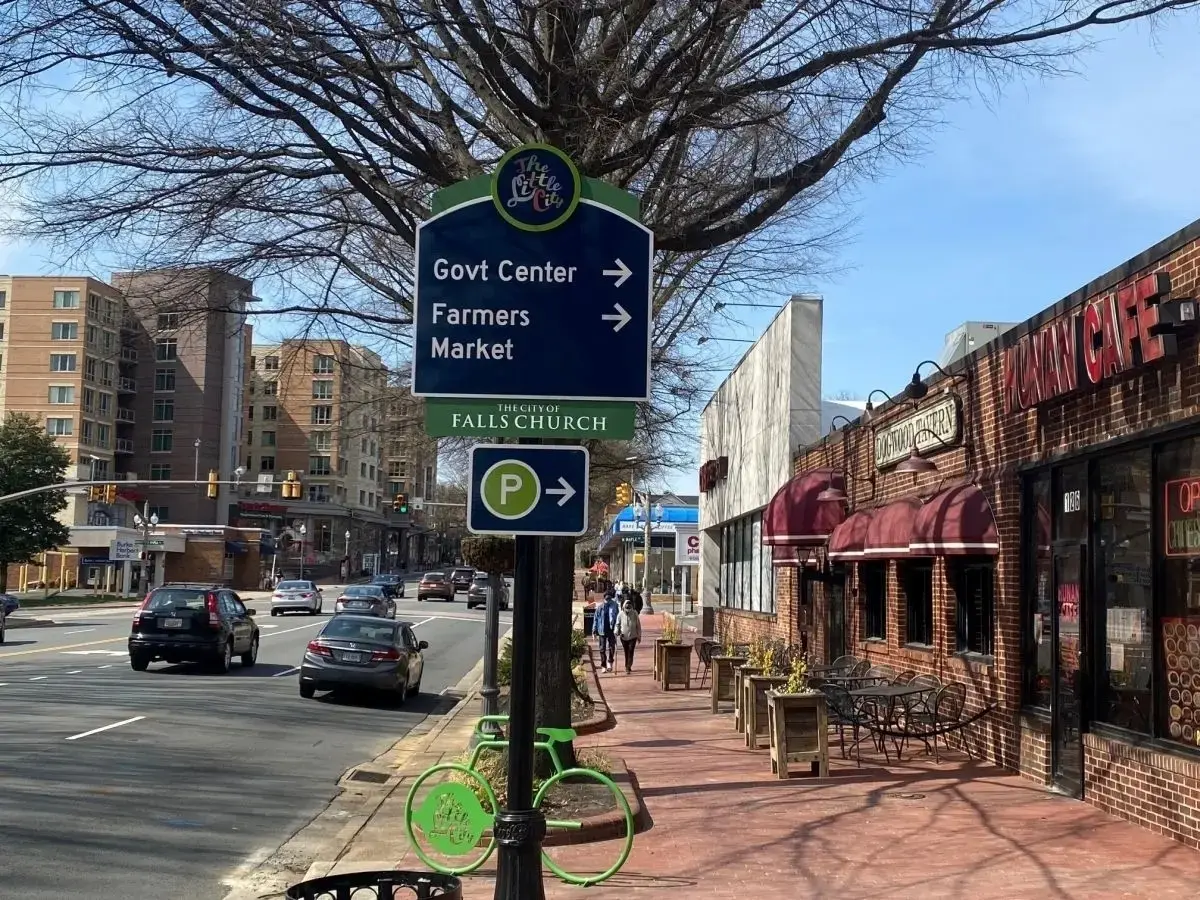Clearing the Air: Effective Fireplace Fixes for Smoky Startups in Falls Church VA
Living in a beautiful city like Falls Church, VA, there’s nothing quite like a cozy fire on a chilly evening. However, a smoky fireplace can quickly turn a tranquil moment into a coughing, eye-watering ordeal. Fortunately, smoky fireplaces are a solvable issue, and with a little bit of knowledge, you can ensure that your fireplace delivers warmth without the unnecessary smoke.
Before we dive into the tips and tricks, it’s important to understand why your fireplace might be smoking in the first place. It could be due to several reasons, including a blocked chimney, poor air supply, or even the type of wood you use to fuel your fire.
1. Clear Your Chimney
One of the leading causes of a smoky fireplace is a blocked or partially blocked chimney. Over time, soot, creosote, and other debris can build up inside your chimney, preventing smoke from escaping properly. This buildup isn’t just problematic for smoke; it can also be a fire hazard.
To avoid this, regular chimney maintenance is crucial. If you’re not comfortable doing it yourself, consider hiring professionals like A&T Chimney Sweeps fireplace, furnace, dryer vent, gutter cleaning, and repair services in Falls Church VA. They will ensure your chimney is clean, safe, and ready for those cold winter nights.
2. Enhance Air Supply
A fireplace needs a good supply of air to burn efficiently and to help draw smoke up the chimney. If your home is particularly well-insulated, it might be preventing enough air from reaching the fireplace.
To fix this issue, try slightly opening a nearby window when you’re using the fireplace. This can help create a better draft and improve the air supply. You can also consider installing a dedicated air vent in the room with the fireplace.
3. Use Seasoned Wood
The type of wood you use can significantly impact how much smoke your fireplace produces. Freshly cut or “green” wood contains a high amount of moisture, which generates a lot of smoke when burned.
Instead, use seasoned wood, which has been cut and dried for at least six months. Hardwoods like oak, ash, or maple are excellent choices as they burn hotter and produce less smoke.
4. Warm Up Your Flue
Sometimes, the problem is as simple as a cold flue. If your chimney is on an exterior wall, it can get quite cold, especially in winter. A cold flue can prevent the smoke from rising and instead direct it into your room.
To warm it up, try burning some newspaper or kindling before you light your main fire. This will help heat up the air in the flue and create a better draft for the smoke to follow.
5. Install a Chimney Cap
A chimney cap can also help prevent smoky startups. It prevents downdrafts (wind blowing down your chimney), which can blow smoke back into your home. Moreover, a cap can stop rain, snow, and debris from entering your chimney, which can also cause blockages and smoke issues.
In conclusion, while a smoky fireplace can be a nuisance, it’s generally a problem that can be solved with some simple steps. Regular maintenance, good ventilation, the right type of wood, and a warm flue can all contribute to a smoke-free fireplace experience.
FAQs:
Q: How often should I have my chimney cleaned?
A: It’s recommended that you have your chimney cleaned at least once a year. However, if you use your fireplace frequently, you may need to have it cleaned more often.
Q: Can I clean my chimney myself?
A: While it’s possible to clean your chimney yourself, it can be a messy and dangerous job. Hiring professionals like A&T Chimney Sweeps can ensure the job is done safely and efficiently.
Q: What type of wood is best for minimizing smoke?
A: Seasoned hardwoods like oak, ash, or maple are best. They burn hotter and produce less smoke than softer woods or green wood.
Q: Why does my fireplace smoke even when the flue is open?
A: This could be due to several issues, including a blocked chimney, cold flue, or poor air supply. Try the solutions mentioned in this article, and if the problem persists, consider calling in professional help.
Q: Can a chimney cap help reduce smoke?
A: Yes, a chimney cap can prevent downdrafts, which can blow smoke back into your home. It can also keep out rain, snow, and debris, which can cause blockages and contribute to smoke issues.








